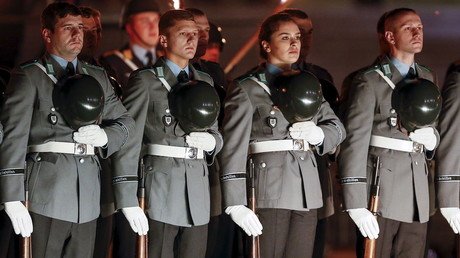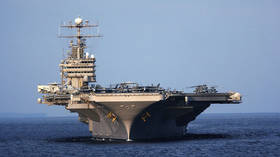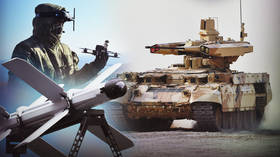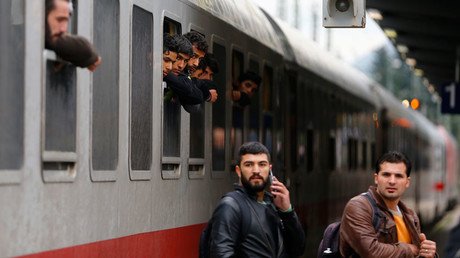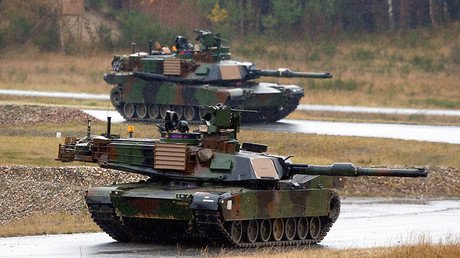German army exposed as lacking basic equipment for NATO missions – report
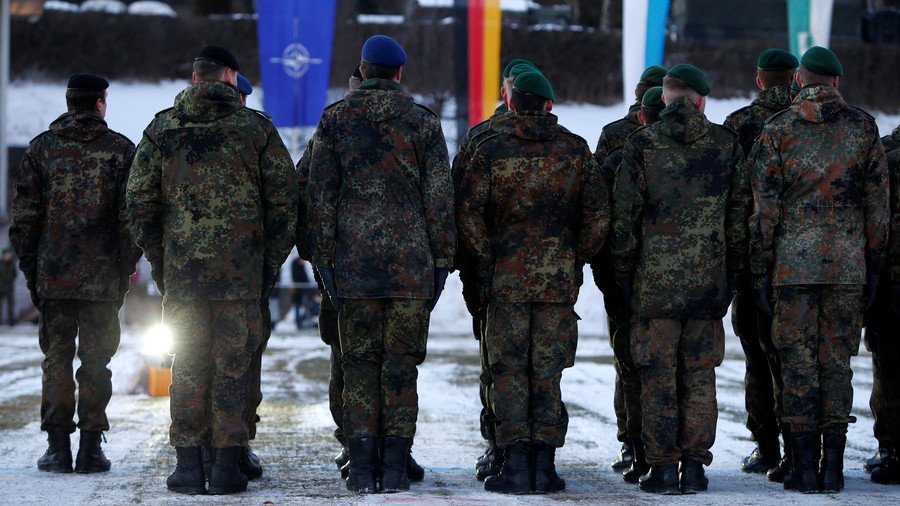
The German military, which will assume the lead in NATO’s 5,000-strong high-readiness force by 2019, is ill-prepared for the mission as troops lack bulletproof vests, winter uniforms and even tents, a local newspaper report says.
“The land forces are facing a capability gap in the area of mobile accommodation items until at least 2021,” states an internal Defense Ministry paper quoted by Rheinische Post newspaper. The document also says the Bundeswehr will need 10,282 “housing units” to contribute to NATO’s Very High Readiness Joint Response Force (VJTF), but only 2,500 are available – much of which are also unsuitable for foreign deployments.
Going further, the document admits that even providing a sufficient number of bulletproof vests and winter clothing for overseas missions “is not possible” because of an “equipment gap.”
Commenting on the Rheinische Post’s report, some parliamentarians voiced unease over the situation. “[The fact] that even basic equipment such as protective vests and winter clothing is missing, shows the wretched condition the Bundeswehr finds itself in,” Marie-Agnes Strack-Zimmermann, Free Democratic Party MP in charge of defense, told the newspaper. She promised to discuss “this scandalous situation” during an upcoming parliamentary hearing.
Earlier, other media reports suggested that the German military had trouble preparing for the mission. Only last week, Die Welt newspaper revealed the German army’s 9th armor brigade only has nine operational Leopard 2 tanks, whereas 44 are required for the VJTF.
The same unit, said to be the backbone of the NATO force, has only three out of 14 Marder armored infantry vehicles. The reason for the shortfall was a lack of spare parts and the high cost of maintaining the vehicles.
The VJTF, which is posited to serve as the military bloc’s vanguard force, comprises a 5,000-strong multinational brigade supported by air, maritime and special forces. It is expected to be able to deploy at short notice “following the first warnings and indicators of potential threats, before a crisis begins.”
The VJTF was created in 2014, when NATO launched a massive military buildup near Russia’s borders following the outbreak of the crisis in Ukraine.
Moscow has consistently criticized NATO’s military assets being moved closer to Russia’s frontiers. Some Russian – and Western – officials maintained the buildup has more to do with justification of the alliance’s existence rather than countering real security threats.
“A very real deployment of heavy artillery and additional large contingents takes place on the NATO-Russia border,” Russian Foreign Minister Sergey Lavrov told the Munich Security Conference earlier this week, referring to the Baltic states and Poland. “With an imagined Russian threat,” Washington is ensuring its dominance in Europe through NATO, the top diplomat stated.
Like this story? Share it with a friend!
